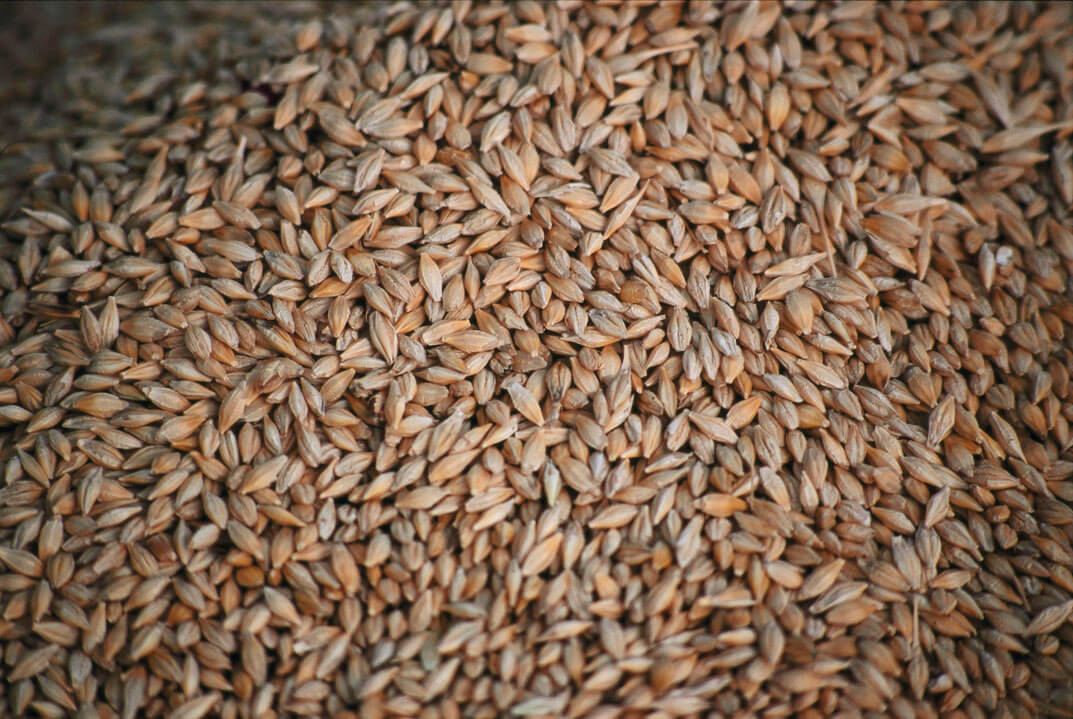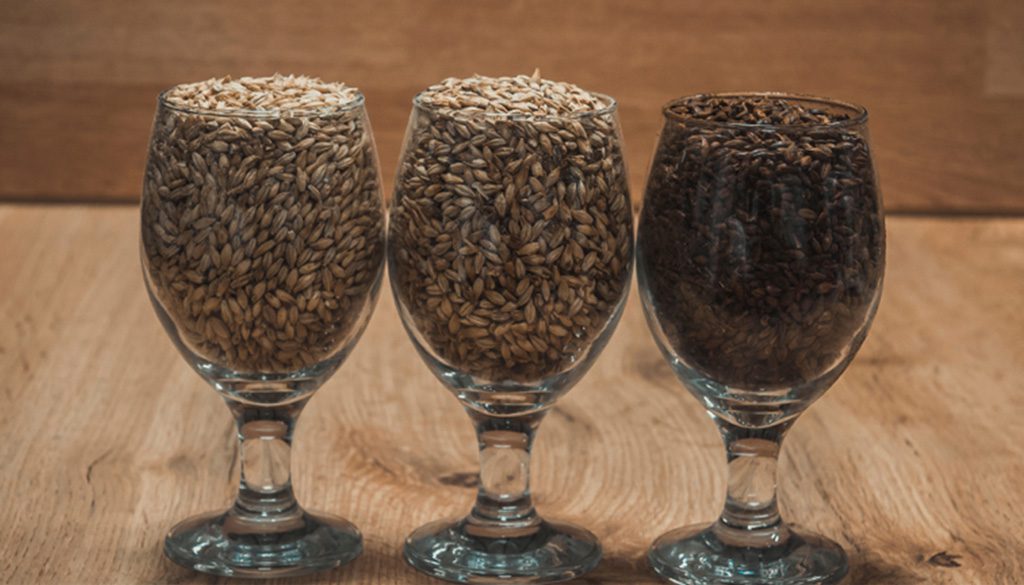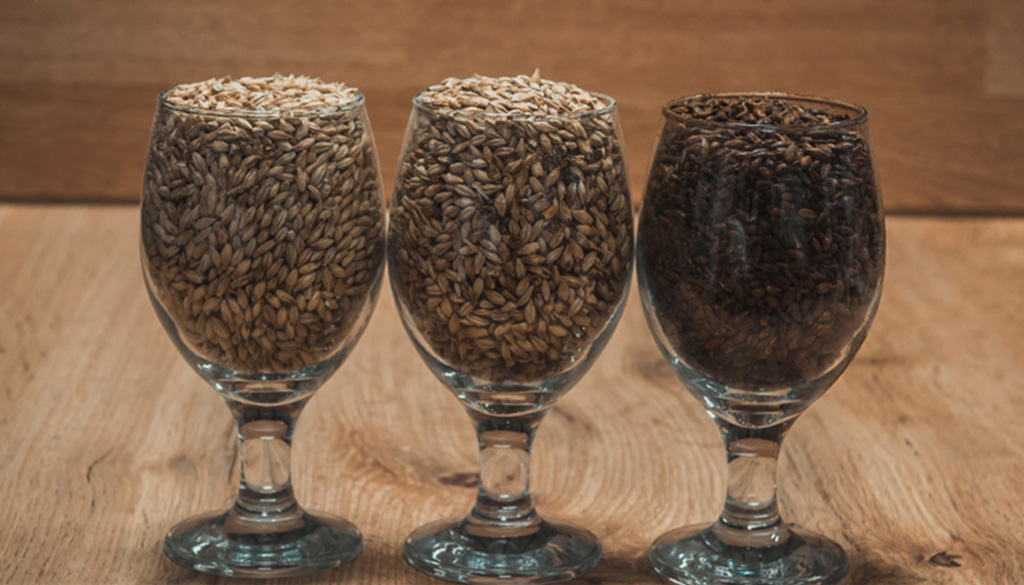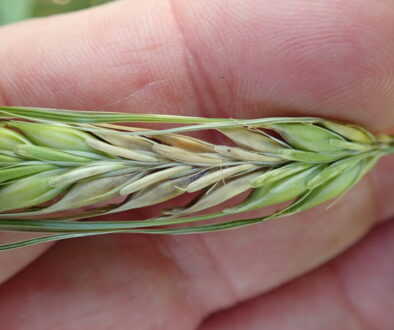Growing Malting Barley? Set Yourself Up for Success
By: The Canadian Malting Barley Technical Centre (CMBTC)
Barley is an important rotation crop for many Western Canadian farmers, with strong returns — especially when grown for malt. Barley selected for malting opens doors to premium brewing markets in China, Japan and North America. While quality standards are higher than for feed, they’re achievable with the right variety and management. Malting varieties are also accepted as feed barley, so growing a malting variety can expand your marketing options.

What to watch for on-farm
A quality malting barley crop will have plump, uniform kernels with even maturity and minimal green kernels. Maltsters also look for high varietal purity and germination energy, with both ideally at 95 per cent or higher.
Many malt barley growers consistently sell their barley as malt. With proper management, they are able to avoid some of the common reasons for rejection, including: high protein, low germination from chitting or sprouting, and a high proportion of thin, green or damaged kernels. Weather damage, staining, frost and diseases like fusarium can also affect malting quality.
To optimize malt barley quality, producers should:
- Conduct a soil test before seeding to optimize nitrogen rates.
- Ensure optimal seeding rates (e.g. 22 – 25 plants per square foot) to achieve dense stands and plump, uniform kernels. This is a general range for malt barley production on the Prairies, but some farmers have found success outside of this range.
- Apply fungicides as needed to manage diseases such as fusarium and preserve grain quality.
- Harvest early to avoid wet weather and pre-harvest sprouting (chitting). Avoid green patches and reduce combine and auger speeds to minimize kernel damage.
- Target 13.5 per cent grain moisture or lower. Dry grain low and slow.
- Store grain cool and dry, ideally in aerated bins, and turn it regularly to maintain germination above 95 per cent.
What markets are looking for
While most malt buyers look for similar overall quality, preferred protein levels vary by brewing style:
- Large brewers in China and Japan, who blend barley with rice or corn to produce lighter beers, prefer protein content between 11 and 12.5 per cent. The higher enzyme content helps convert starches into fermentable sugars.
- Craft brewers in Canada and the United States, who use 100 per cent barley malt, favour lower protein levels between 10.0 and 11.5 per cent to prevent haze, off flavours and darker colour.
Grain companies may accept higher protein barley for export market. Understanding your market can help guide both variety selection and nutrient management.
Choosing the right variety
Selecting a variety with strong market demand and good agronomic performance is key to growing malting barley that meets buyer needs. For the 2025–26 season, the CMBTC recommends five core varieties: AAC Connect, CDC Fraser, CDC Churchill, AAC Synergy and CDC Copeland.
Of these, AAC Connect, CDC Fraser and CDC Churchill are newer varieties which are seeing growing acceptance by maltsters and brewers both in Canada and abroad. AAC Synergy and CDC Copeland remain widely accepted, but growers should confirm buyer interest and explore contracting options before planting.
For full details on recommended varieties, refer to the CMBTC 2025–26 Recommended Malting Barley Variety List.
Read: The Paradox of Choice: Trends in Barley Varieties for 2025
Managing for quality
Success with malt barley depends on making smart decisions throughout the season:

- Start with the right variety and confirm market demand.
- Seed early to optimize yields and achieve mature, uniform and plump kernels.
- Manage nitrogen to meet target protein levels.
- Harvest early and at proper moisture levels to avoid pre-harvest sprouting (chitting) and preserve quality.
- Store grain in cool, dry, aerated bins, and turn it regularly to preserve germination. Learn more.
With a good production plan, malting barley can be a profitable crop that fits well into rotation and gives access to premium markets.
If you’re planning to grow malting barley, your provincial grower association is a great first stop. Their agronomists can help with variety selection and production advice.
For questions about specs or contracting opportunities, contact your local malt company or grain buyer.
To help you prepare for the season, check out our seeding and production webinar, and be sure to watch for CMBTC’s harvest-focused session this July.
 CMBTC supports farmers by providing up-to-date information on varieties, quality standards and market trends. We work with breeders, researchers, grain buyers and brewers to ensure Canadian barley meets global demand. Find more at CMBTC.com.
CMBTC supports farmers by providing up-to-date information on varieties, quality standards and market trends. We work with breeders, researchers, grain buyers and brewers to ensure Canadian barley meets global demand. Find more at CMBTC.com.






